The Canon EOS R6 is a powerful new full-frame rival for the Nikon Z6
Move over Canon EOS R5, this could be the real star
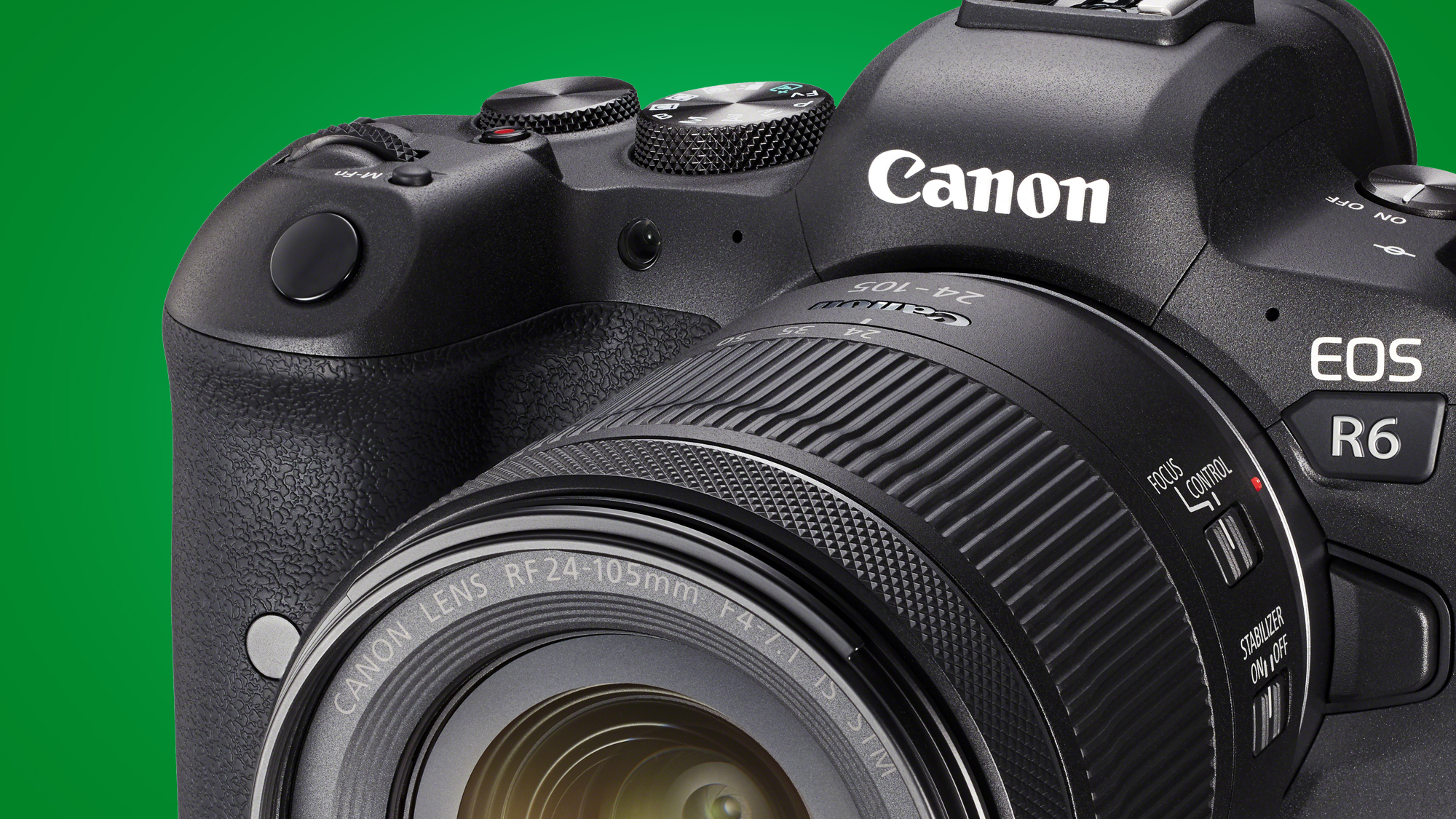
The Canon EOS R6 has spent months in the shadow of the Canon EOS R5, but now the full-frame mirrorless camera is finally here – and it might just be our favorite all-rounder in Canon's new EOS R family.
The EOS R6 might not be able to shoot 8K video or 45MP stills like the EOS R5, but it's surprisingly similar to its sibling in most other respects, considering its significantly lower body-only price tag of $2,499 / £2,499 / AU$4,499. We've already enjoyed some hands-on time with the new camera, so be sure to check out our hands-on Canon EOS R6 review.
Perhaps the only sticking point for prospective EOS R6 buyers will be its 20.1MP full-frame sensor, which is lower-resolution than those of rivals like the Nikon Z6 (24.5MP) and Sony A7 III (24.2MP).
- Also check out our hands-on Canon EOS R5 review
- These are the best cameras you can buy right now
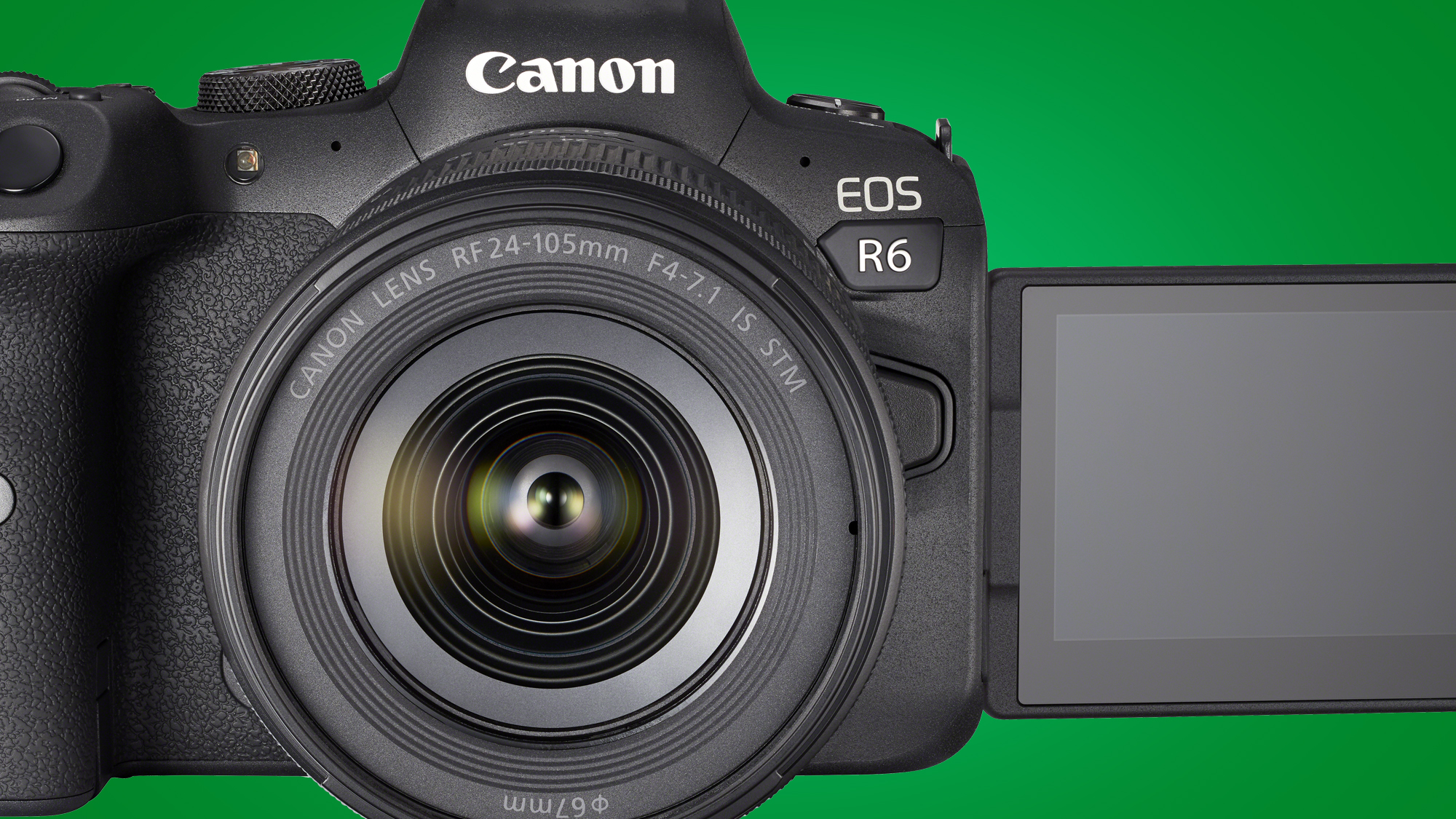
On the plus side, this sensor is almost identical to the one in the excellent Canon 1D X Mark III, and is more than backed up by a feature set that should make it very popular among sports, wildlife, wedding and video shooters.
Like the Canon EOS R5, the EOS R6 has an in-body image stabilization (IBIS) system that promises up to eight stops of compensation, depending on which lenses you use. That should be a big boon for both preserving the quality of your handheld photos in lower light and capturing smooth video.
It's also extremely fast for a full-frame camera, rattling off 12fps in burst mode using the mechanical shutter or 20fps with the electronic shutter. The combination of this speed with Canon's new Dual Pixel CMOS AF II system, which can track the faces and eyes of people, cats, dogs and birds, promises to make it a cracking camera for action photography too.
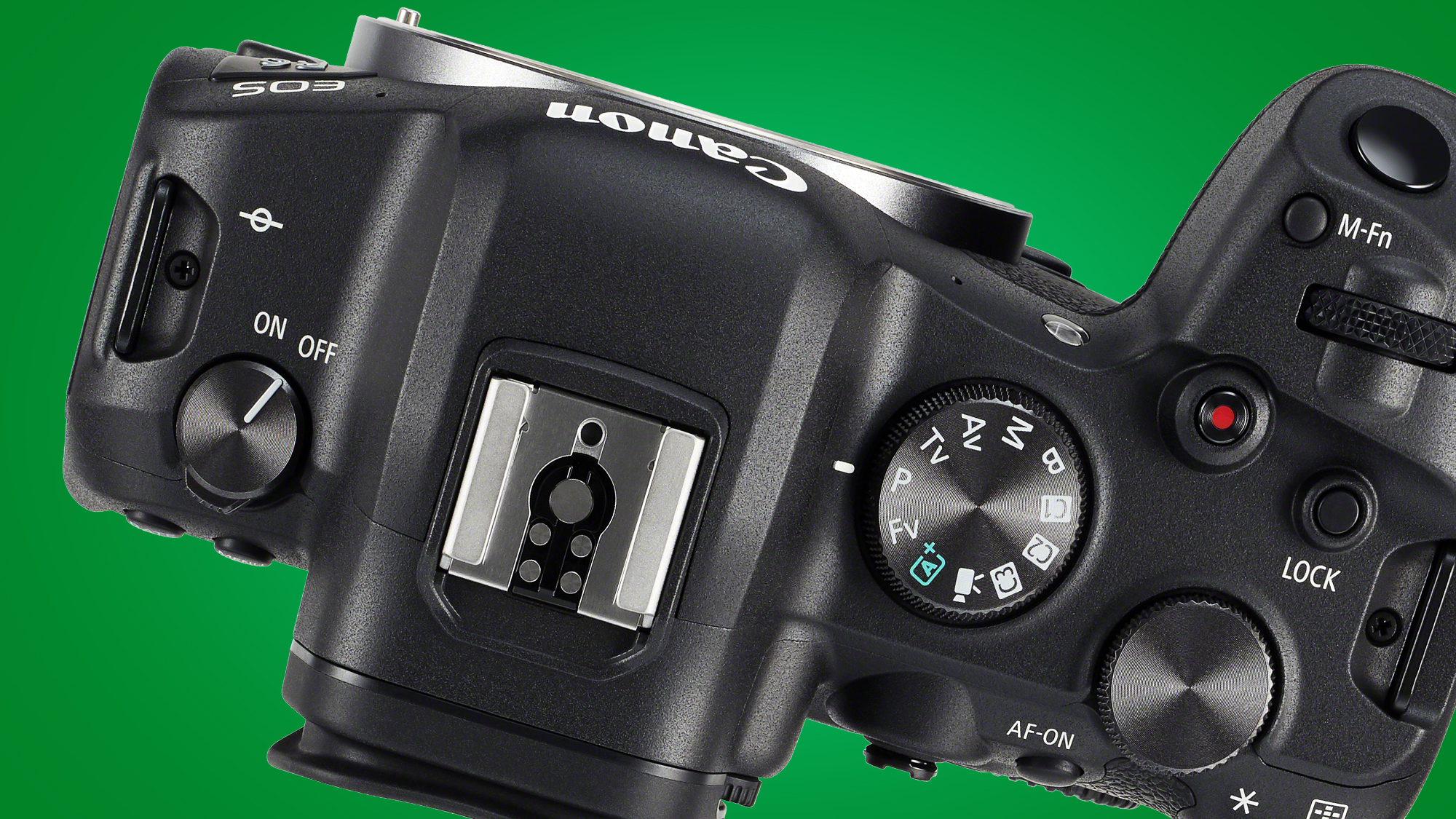
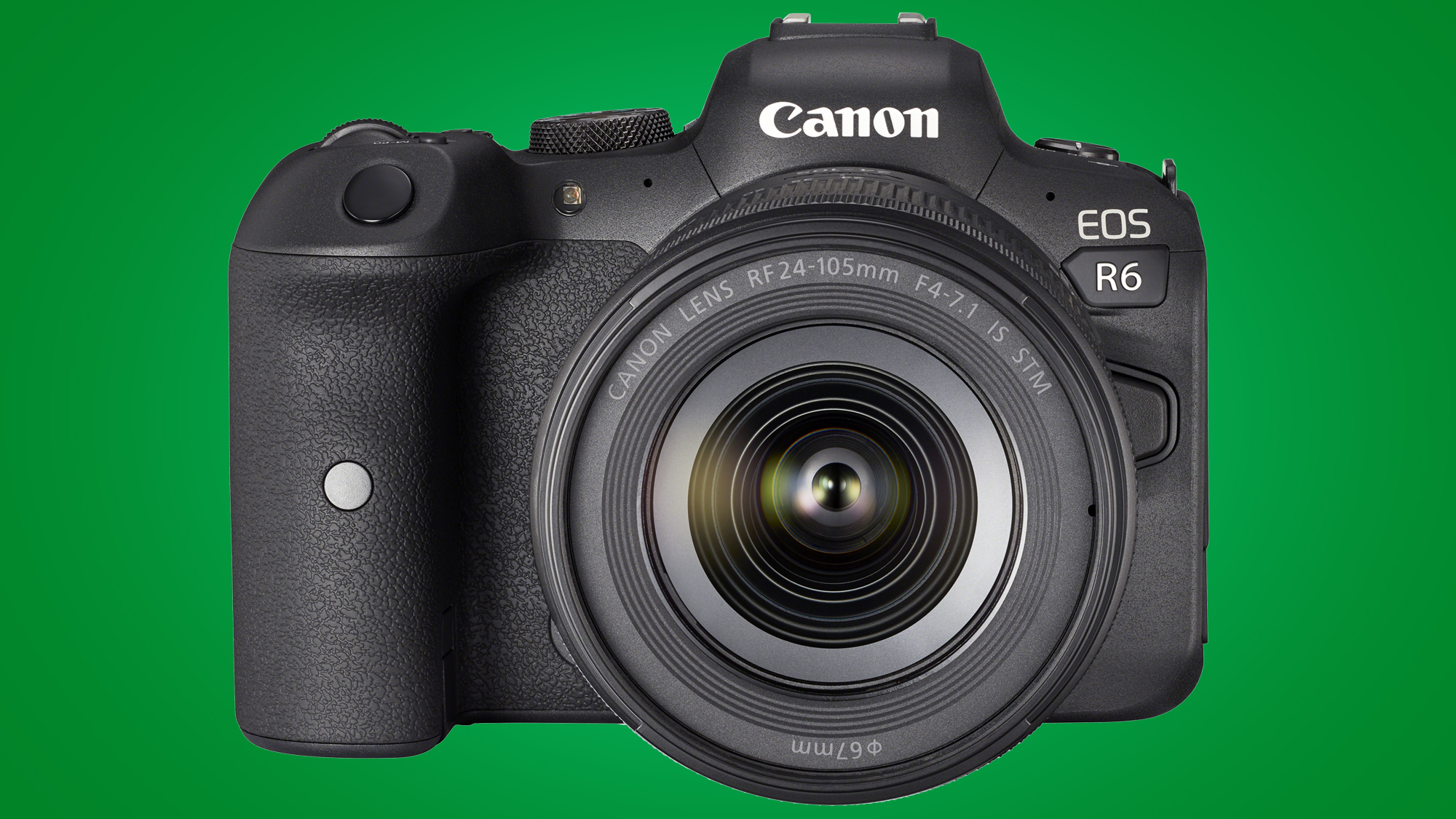
- Best Canon camera to buy in 2020
- 10 best full-frame cameras available right now
- The best mirrorless cameras in 2020
Video games
The Canon EOS R6's video specs mark it out as a real hybrid camera, rather than just a stills specialist. It can shoot 4K/60p video in 10-bit with 4:2:2 color sampling, which gives video editors and color graders lots of flexibility, and it can also capture Full HD in a slow-mo 120p with full autofocus support. These kinds of video features simply haven't been available on previous Canon cameras that don't have a Digic X processor.
Get daily insight, inspiration and deals in your inbox
Sign up for breaking news, reviews, opinion, top tech deals, and more.
The EOS R6's lower 20.1MP resolution also means its sensor has larger photosites than the EOS R5, which should result in better low-light performance, and accordingly this is the first EOS camera that can apparently focus down in the gloom of -6.5EV, albeit with the help of an f/1.2 lens.
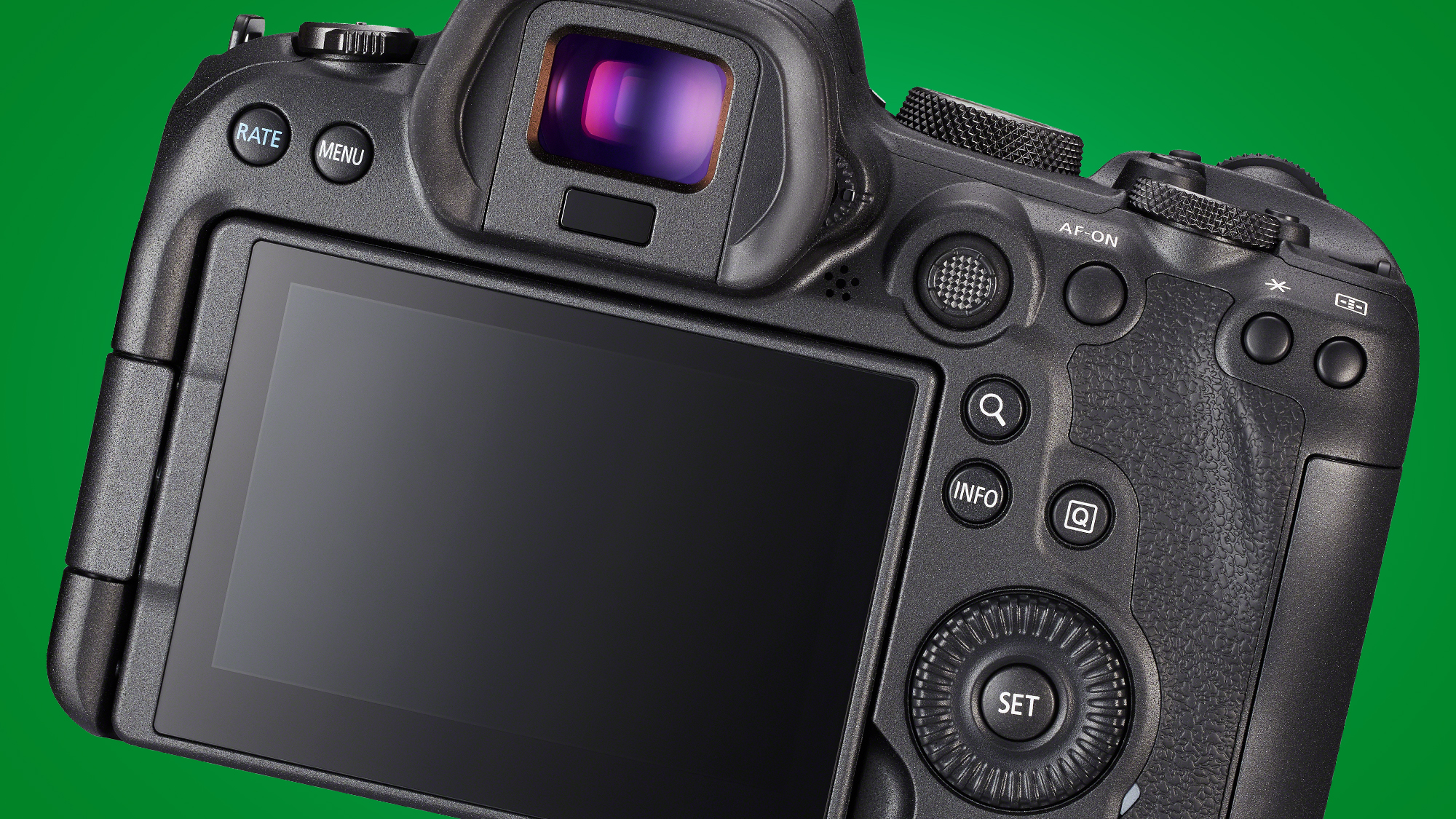
Naturally, the EOS R6 does lag behind the R5 in a few areas. It has a 3.76-million dot electronic viewfinder, compared to the R5's 5.76-million dot unit, and its two card slots both support SD UHS II cards, with no option to use the speedier (and pricier) CFexpress cards.
You also miss out on 5Ghz Wi-Fi speeds for transferring photos, with the EOS R6 only offering 2.4Ghz Wi-Fi. Both cameras will, though, automatically transfer images to the image.canon cloud platform, which can be plugged into Google Photos and Adobe Creative Cloud.
But with an almost identical body to its pricier sibling, the Canon EOS R6 is shaping up to be a great new option for both videographers and photographers who want the latest full-frame mirrorless tech.
The lower resolution may put off landscape shooters, while pro videographers will covet the EOS R5's video skills, but in every other way it's a great new alternative to the Nikon Z6 and Sony A7 III. For a more in-depth look at its full-frame skills, check out our hands-on Canon EOS R6 review.

Mark is TechRadar's Senior news editor. Having worked in tech journalism for a ludicrous 17 years, Mark is now attempting to break the world record for the number of camera bags hoarded by one person. He was previously Cameras Editor at both TechRadar and Trusted Reviews, Acting editor on Stuff.tv, as well as Features editor and Reviews editor on Stuff magazine. As a freelancer, he's contributed to titles including The Sunday Times, FourFourTwo and Arena. And in a former life, he also won The Daily Telegraph's Young Sportswriter of the Year. But that was before he discovered the strange joys of getting up at 4am for a photo shoot in London's Square Mile.